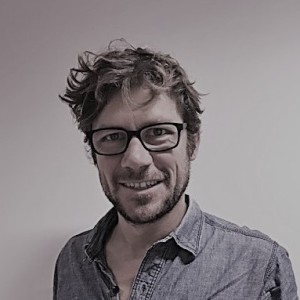- Video Library
- Matthieu De Beule Presents FEops at LSI USA '23
Matthieu De Beule Presents FEops at LSI USA '23

Matthieu De Beule
Under Matthieu’s leadership, FEops has transformed from a small academic spin-off into a fast-growing venture capital backed gazelle in the medtech sector. He completed his degree in engineering at the University of Ghent in 2002 and gained his PhD in 2008 for his research on cardiovascular device and procedure modeling.
Matthieu De Beule
Under Matthieu’s leadership, FEops has transformed from a small academic spin-off into a fast-growing venture capital backed gazelle in the medtech sector. He completed his degree in engineering at the University of Ghent in 2002 and gained his PhD in 2008 for his research on cardiovascular device and procedure modeling.

17011 Beach Blvd, Suite 500 Huntington Beach, CA 92647
714-847-3540© 2025 Life Science Intelligence, Inc., All Rights Reserved. | Privacy Policy







